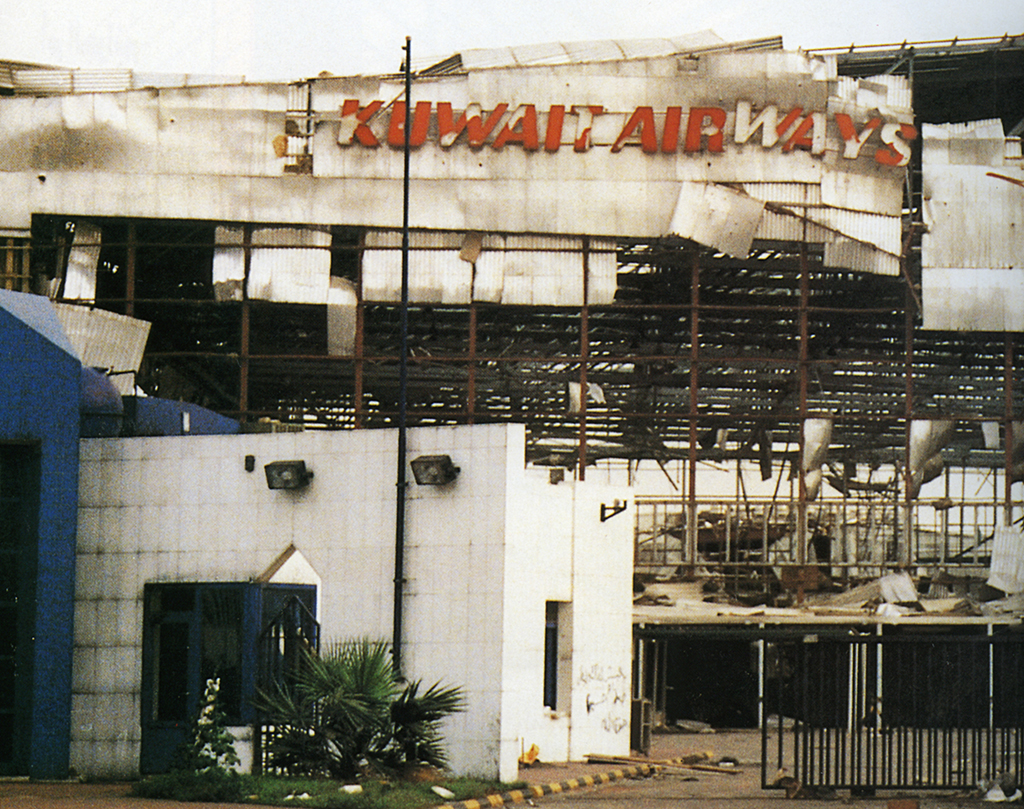KUWAIT: On the 32nd anniversary of the Iraqi occupation, Kuwait notes the cultural and scientific ramifications of the invasion's attempts to erase heritage and rewrite history. Occupation forces targeted official media outlets in the early hours of the invasion, including the state's Ministry of Information, radio and TV stations, as well as Kuwait News Agency (KUNA). Seizing control of such instruments granted the perpetrators power to transmit altered truths, spread rumors and dampen hopes, however, employees of these establishments did not heed to such efforts and scrambled to remedy the situation. They transferred radio station to G1 camp, where the slogan "This is Kuwait" was first launched. After several attempts by occupying forces to break into the radio station, it was finally moved to Saudi city of Al-Khafji where news of Kuwait continued to be transmitted to the outside world.
 This archive photo shows destruction at the Umm Al-Aish Earth Station during the Iraqi Invasion.
This archive photo shows destruction at the Umm Al-Aish Earth Station during the Iraqi Invasion.As for the state-run news agency, its headquarters were relocated to London following confiscation of equipment. KUNA's work at the time emphasized Kuwait's political legitimacy and independence as a sovereign state, in addition to covering the Jeddah summit. Kuwait's National Museum was yet another prey as its exhibition halls were burned down, and valuable artifacts belonging to prehistoric times destroyed. Additionally, Museum of Dar Al-Athar Al-Islamiya with a rare collection of Islamic art and antiques was also looted. Following the liberation of Kuwait, the United Nations Compensation Commission estimated Kuwait's losses of cultural artifacts at around $19 million, and in 1998, it required Iraq to compensate these losses.
 The Kuwait Airways head office burned down by Iraqi soldiers during the invasion.
The Kuwait Airways head office burned down by Iraqi soldiers during the invasion.Regarding scientific establishments, Acting Director General of Kuwait Institute for Scientific Research (KISR), Dr Mane Al-Sudrawi added that the perpetrators looted laboratories and stations, stole equipment and destroyed infrastructure. He further expanded that among the destroyed facilities was Doha water desalination plant, research vessels, a submarine, a hydraulic lab, a water pollution lab and many more. Dr Sudrawi added that the institute achieved positive results through a number of projects aiming to evaluate occupation-caused environmental damages. The projects were financed by UN's compensation commission, and the institute's techniques were adopted to treat oil lakes biologically, the committee also estimated that $8.2 billion were necessary to rehabilitate the damaged environment. - KUNA











